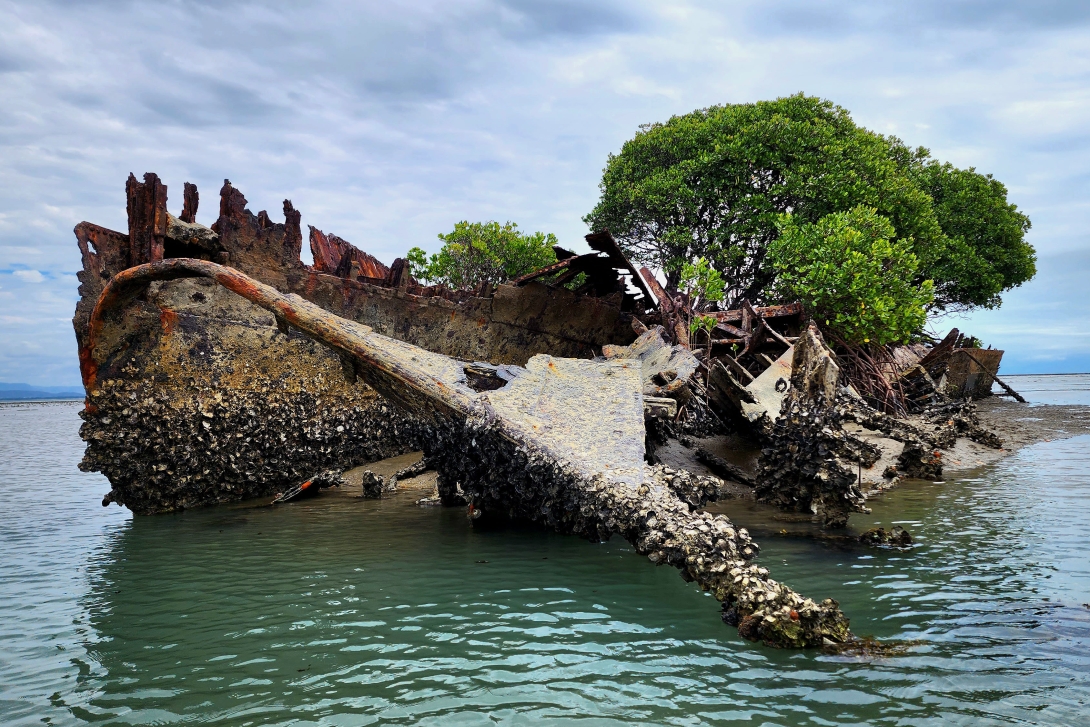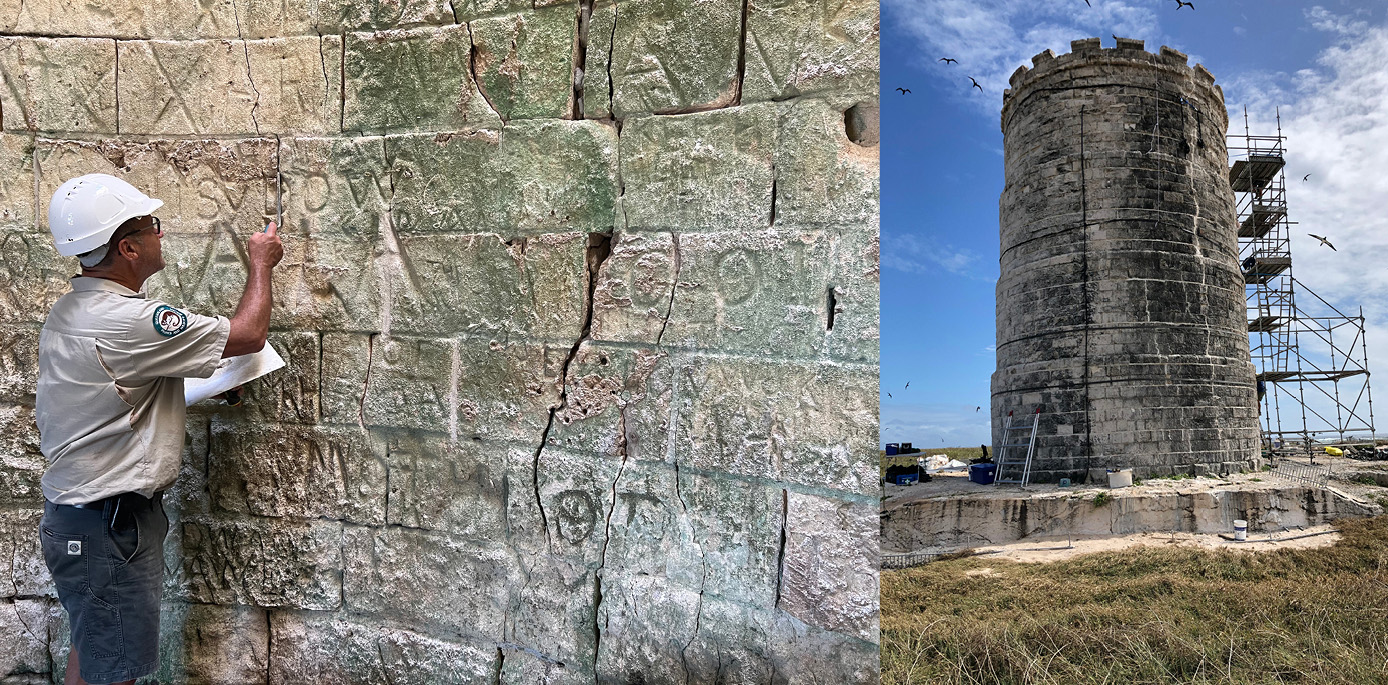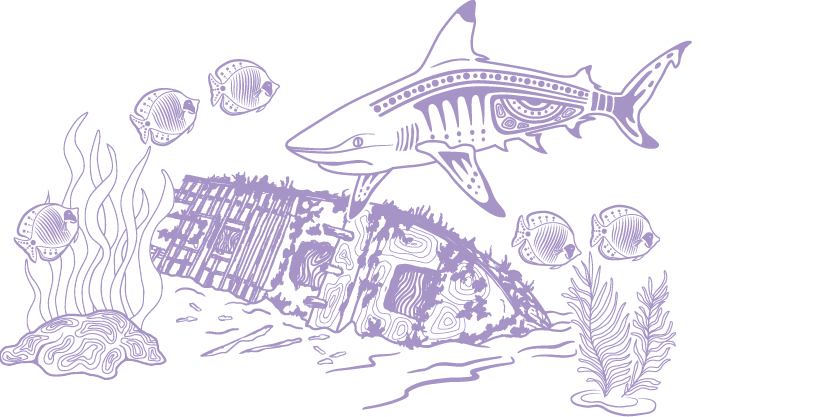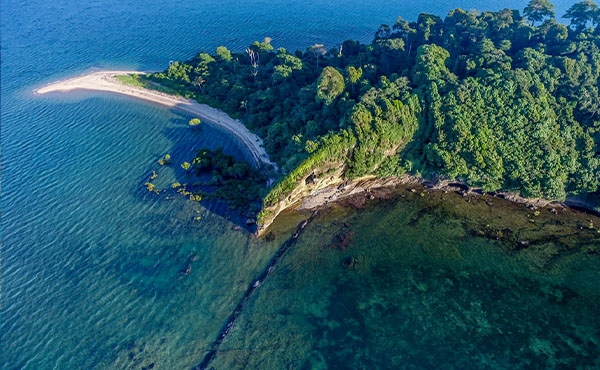In the Region, historic shipwrecks and their associated artefacts older than 75 years, or those declared to be historic, are protected under the Underwater Cultural Heritage Act 2018 (Cth) regardless of whether their exact location is known. Protected zones have been declared around 6 historic shipwrecks in the Region: SS Yongala, HMS Pandora, SS Gothenburg, SS Llewellyn, HMCS Mermaid and the Foam. Since 2019, little new information about these wrecks has become available due to minimal inspections or site recordings. Because historic shipwrecks are in a dynamic marine environment and likely to be subjected to accelerated natural degradation and human activities, the condition of these values is assumed to be declining. The routes taken by historic voyages through the Region are also generally poorly known.12

In 2021, researchers analysed archived material from an unidentified shipwreck. Inspections recorded several decades ago located the material on Great Detached Reef (Reef 11–244 1150), approximately 10 kilometres south of Raine Island. The study reinforced the opinion that the material is from the Aert van Nes, which wrecked on the Great Barrier Reef in 1854. In the same area, numerous vessels were reported to have been lost during the same period which resulted in the building of the Raine Island Beacon (Box 4.2). The study did not rule out the possibility of two separate wrecks in the same location.1151
Archaeologists believe a Detached Reefs shipwreck to be the Aert van Nes
Experts are concerned that ongoing changes in the management regime of underwater archaeology gives rise to deficiencies in condition data.1152 Further change in management may also follow if the international UNESCO Convention on the Protection of the Underwater Cultural Heritage (2001) is ratified by the Australian Government.1153 An independent assessment of the effectiveness of management of the Region’s historic heritage (including underwater archaeology) is included in Chapter 7.
Box 4.2
Historical aid to navigation
Raine Island, a Queensland island outside the Region, is close to the northern tip of the Reef. In 1844, convict stonemasons constructed a beacon as an aid to navigation on the island for ships journeying between Australia and Asia through the Torres Strait. The significance of this place to the Region is through its connection to voyages through the Region (Section 4.4.3) and the shared natural heritage and Indigenous values of the land and sea (Sections 4.2 and 4.3). The Raine Island Beacon was listed on the Australian Heritage Database in 1982 and the Queensland Heritage Register in 1992.1143,1144
The Raine Island Beacon is one of the oldest colonial stone buildings in Queensland. More than 900 legible inscriptions have been carved or painted inside the beacon, providing an important record of human movement and activity in the area. While many inscriptions are from the crews of British Admiralty and other European vessels, many are also Wuthathi, Erubam, Meriam and Ugaram Le names, and represent significant shared heritage value.38
In 2019, the condition of the maritime and mining heritage value was noted of ‘significant concern’ with a declining trend.38,1148 The beacon required urgent work to maintain its structural integrity.38,1148,1149 In 2022, extensive restoration works commenced but the COVID-19 pandemic hindered progress. The work was done under the careful supervision of Meriam Nation and Wuthathi cultural advisors to maintain the cultural integrity of the site.



